Yoga Anatomy: How Learning about Force Couples Can Teach You about Your Muscles
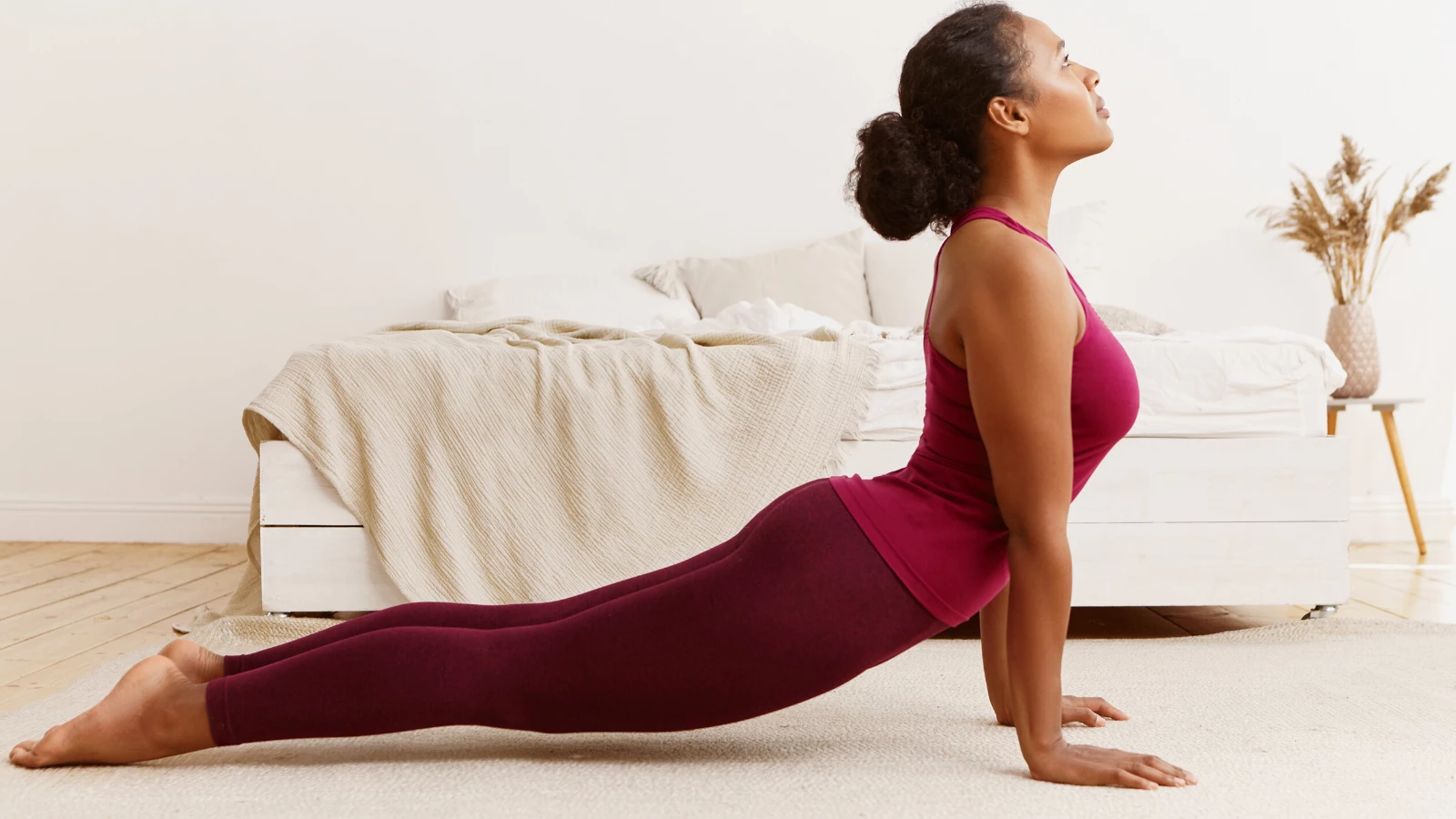
Sometimes it’s hard to remember all the muscles, bones, and joints. Even if, as yoga teachers, we hone in on learning just the muscles, that can be daunting too. We know alignment and action words, but it’s really important to understand muscles, their actions, and generally where they are. I won’t harp on teachers in my trainings to remember every single-origin and insertion point however it is important to know where the muscle is, generally the origin and insertion, and what it does primarily (extra credit if you know other functions it has too!)
Usually, when yoga teachers learn anatomy, they learn the muscles one by one, if at all. (I know many teachers who have said learning about the muscles was not really part of their training!) This can be hard because it means we’re learning the information in the absence of a meaningful framework, so we often forget the details.
One way to learn muscles is to learn them in terms of the muscles that work together and also the muscles that do opposing things. This is part of learning the relationship between muscles. In the case of muscles that perform the same function, those muscles are called a “force couple” because they work together to exert force on a limb to move it in some way. Another term often used is “synergists” because they work in “synergy” to create the movement.
Learning muscles in this format can be helpful for yoga teachers because it makes a little more sense and provides a context for what you’re learning. Also, you can easily start to see how the movement the pair creates applies to certain poses so know you’re also learning the muscles in poses as well.
How Muscular Synergy Works in Yoga Practice
I’ll just share two examples to give you an idea. First, let’s look at hip extension in Urdhva Mukha Svanasana (Upward-Facing Dog Pose):

In this pose, we have two muscles that work together to create hip extension. (There are more but these are two of them). The two we’ll explore are gluteus maximus and the hamstrings complex:
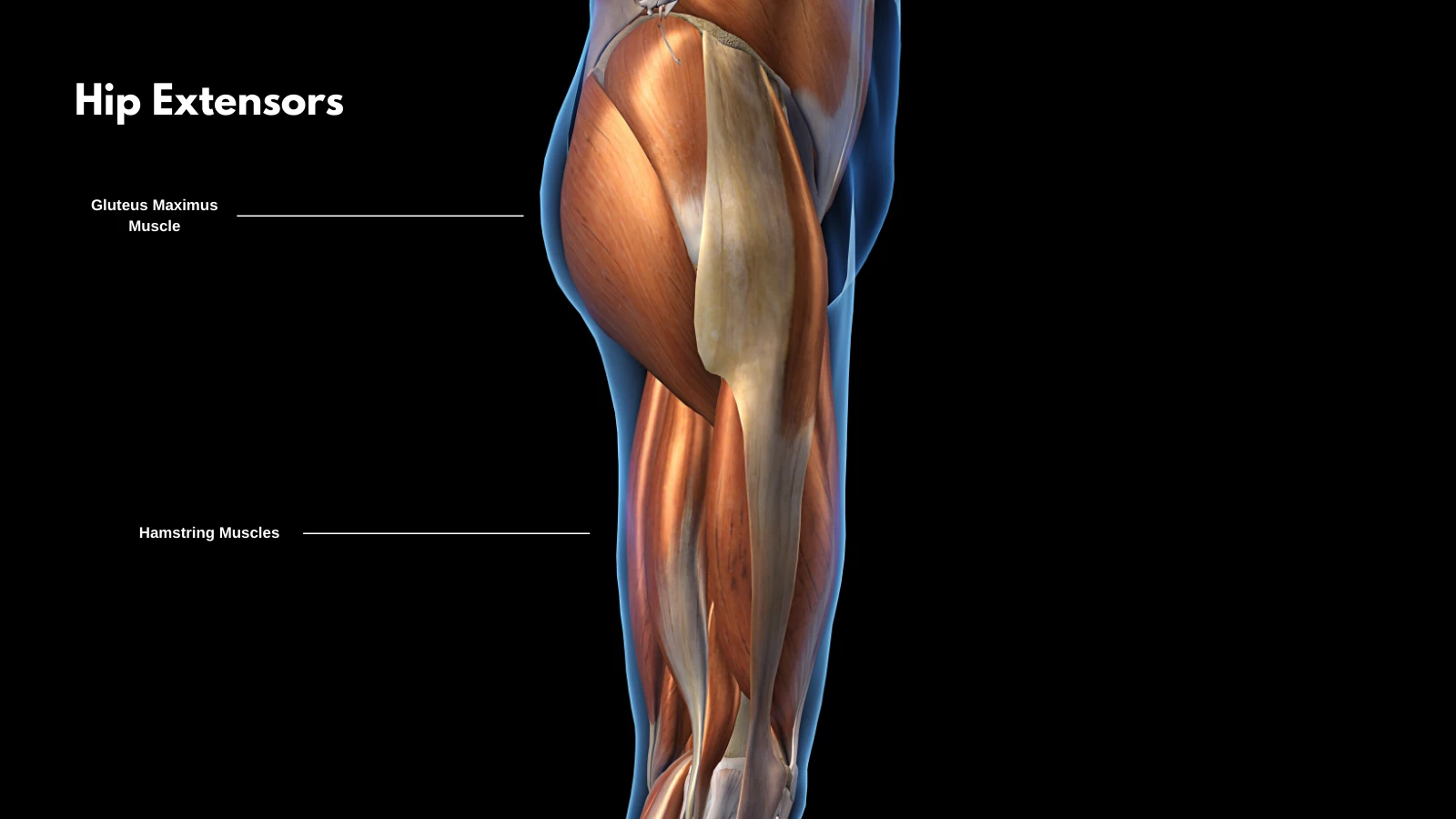
Another force couple that work to flex the hips are the iliopsoas; and the rectus femoris, part of the quadriceps group of muscles:
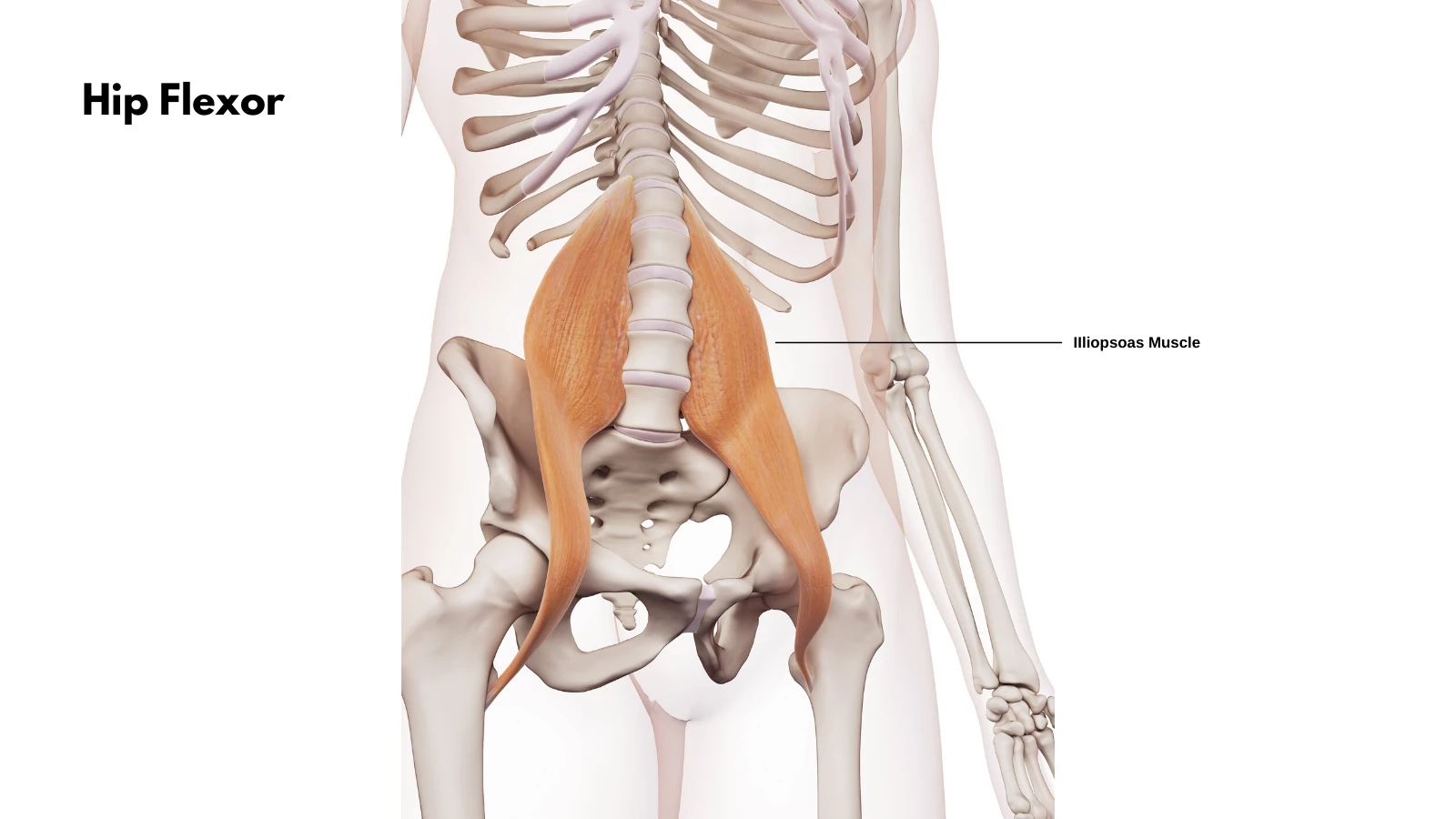
You can see that because both rectus femoris and iliopsoas are on the front of the body when they contract, they are going to flex the hip, i.e., bend at the hip joint so that the femur lifts anteriorly. The gluteus maximus and hamstrings are on the back of the body, so when they contract, they will extend the hip joint, i.e., draw the femur bone back posteriorly.
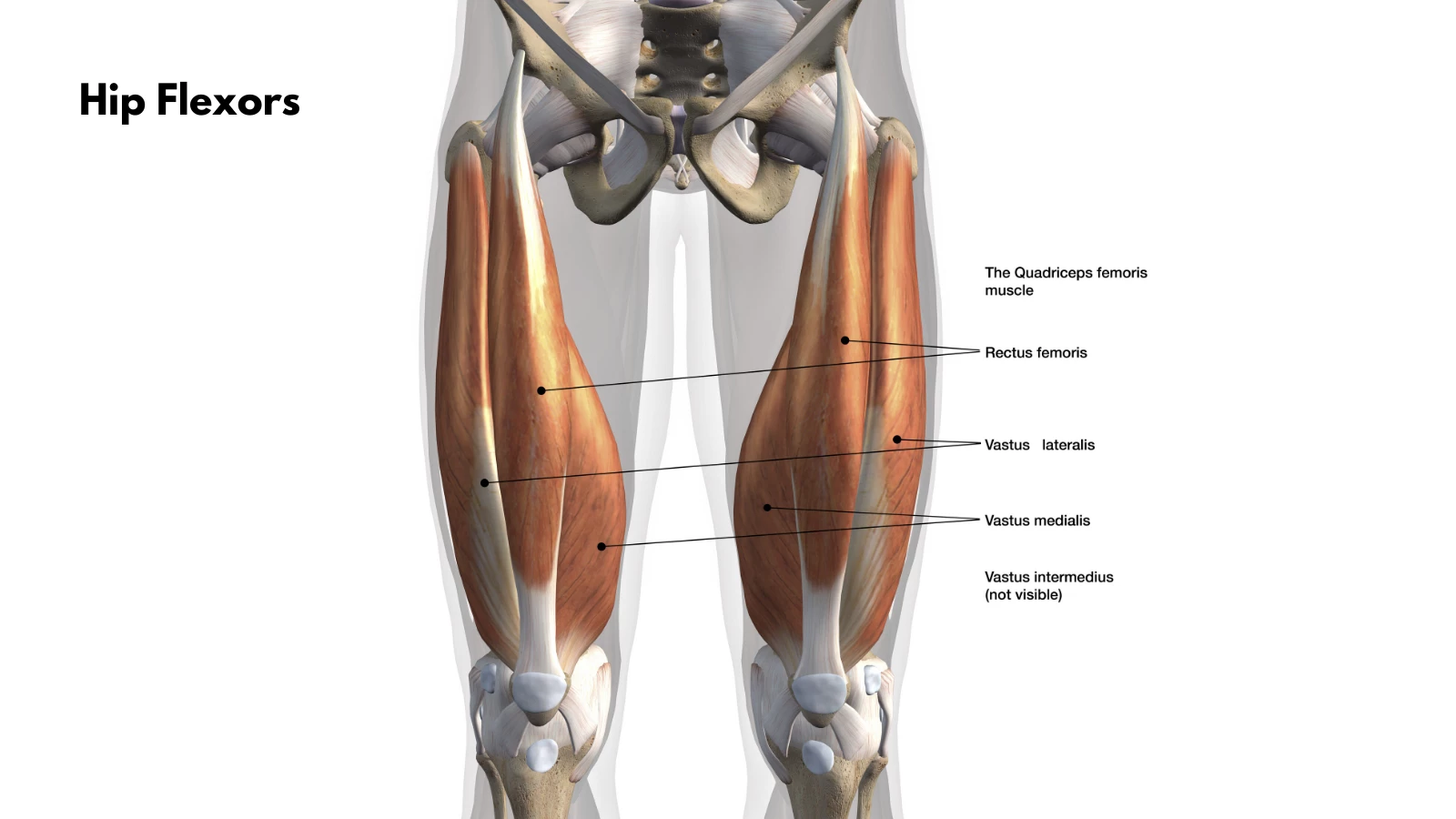
So, as you head into your learning of anatomy, see if learning muscles in this way is helpful.
Reprinted with permission from BareBones Yoga.
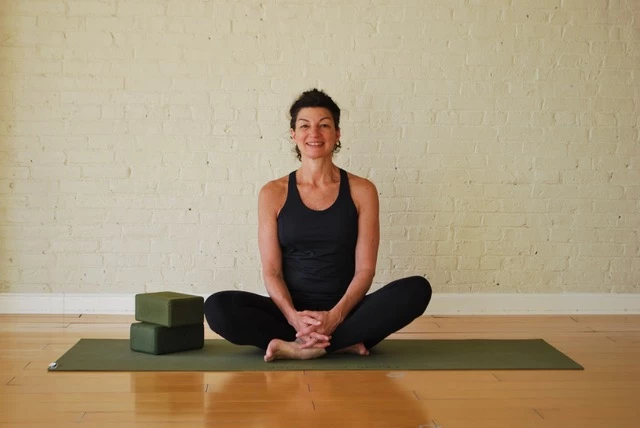 Karen Fabian E-RYT, CPT, has a background in rehabilitative medicine and healthcare through her clinical work as a social worker, rehabilitation counselor, and in a variety of health care business settings over a 20-year span. Her passion for anatomy has informed her teaching since she began in 2002, particularly in the classes, workshops, teacher trainings and programs she offers. She earned her CPT, Certified Personal Trainer certification through the National Association of Sports Medicine (NASM) in May 2017, and her Corrective Exercise Certificate through NASM in 2019. (www.barebonesyoga.com).
Karen Fabian E-RYT, CPT, has a background in rehabilitative medicine and healthcare through her clinical work as a social worker, rehabilitation counselor, and in a variety of health care business settings over a 20-year span. Her passion for anatomy has informed her teaching since she began in 2002, particularly in the classes, workshops, teacher trainings and programs she offers. She earned her CPT, Certified Personal Trainer certification through the National Association of Sports Medicine (NASM) in May 2017, and her Corrective Exercise Certificate through NASM in 2019. (www.barebonesyoga.com).
Karen has her B.S. in Rehabilitation Counseling from Boston University and her Master’s in Health Care Administration from Simmons College. She is an Experienced Registered Yoga Teacher, a Yoga Alliance Continuing Education Provider and she trains teachers via her two premier programs, The Blueprint Learning Program, and The Bare Bones Yoga Teacher Mentorship Program.
She lives in Boston.



